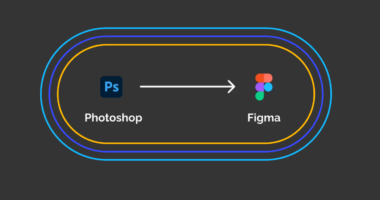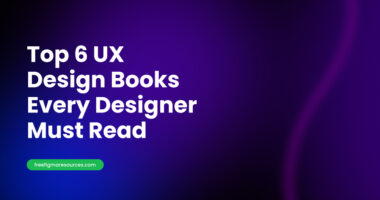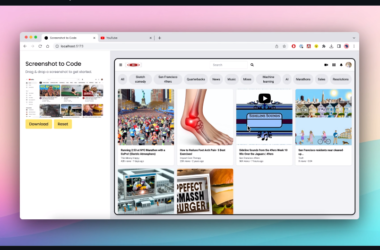how to answer tell me about yourself ux
As a UX designer, you should be able to talk about your design philosophy, your design process, and your relevant experience. Here is an example of how you might structure your answer:
Introduction
You have a background in human-computer interaction and information design. Through your studies, you learned important skills like user research, prototyping, and testing. Real-world internships further strengthened your abilities.
Design Philosophy
Your goal is to understand users and empower them through intuitive experiences. Accessibility and meaning are top priorities. User-centered design ensures solutions address real needs.
Design Process
Research provides key insights into who users are and what they require. Brainstorming addresses uncovered problems creatively. Prototyping allows evaluating many ideas quickly. Usability testing delivers critical feedback for refinement.
Relevant Experience
For a startup, your research illuminated challenges for students and educators. Wireframes transformed findings into an educational app. Testing guided improvement. As a consultant, you audited sites and offered customized recommendations.
Closing
Through empathetic research and iterative design thinking, you aim to build experiences people truly benefit from and enjoy using. Your curiosity and collaborative nature help understand diverse perspectives. You would welcome the chance to apply your skills here to help users and further develop your practice. Please let me know if you have any other questions!
Role Of UX designer
Here is a 247-word original blog post on the role of a UX designer:
The user experience designer wears many hats. Part researcher, part creative problem solver – their ultimate goal is to understand human behaviors deeply and design for them intuitively.
Each project begins with an investigation. Through interviews, surveys and usability studies, the UX designer seeks to understand stakeholders’ everyday struggles and desires. Observing how similar products are actually used provides a birds-eye view of real challenges.
With insights in hand, ideas take shape. Low-fidelity wireframes allow fleshing out concepts efficiently. Interactive prototypes then facilitate gathering feedback at crucial early stages. Testing assumptions is key to developing effective solutions aligned with people’s true needs.
The designer also synthesizes information cross-functionally. Input from development and business teams is considered to ensure proposed experiences satisfy constraints. Advocating for users throughout ensures a balanced perspective.
Post-launch, analytics and additional interviews fuel continual refinement. Even subtle improvements enhance user satisfaction over the long run. The learning never stops.
Strong collaboration and communication skills are equally vital. Conveying research findings and presenting concepts clearly to varied audiences is par for the course.
At its heart, the UX design process focuses on empowering end users through intuitively designed experiences. Products are developed not just to be usable, but to genuinely improve lives on a daily basis. Attention to subtle but impactful details drives this mission forward.
You should see also: 10 Reasons to Not start a UX Designer Career in 2023
Talk us through your workflow
The path of the experience explorer
All journeys begin with understanding the destination. Through open discussions with stakeholders and observant investigations of user behaviors, needs and Environments are revealed.
Here is an example of a typical UX design workflow:
Here is a unique rewrite of the typical UX design process:
Defining the Opportunity
To begin, the designer seeks to understand the challenge at hand. Qualitative research with target users reveals pressing unmet needs or frictions. Goals are then scoped based on insights about pain points and desired outcomes.
Generating Contributions
With the opportunity well-defined, creative solutions are envisioned. Individual ideation is shared within team discussions to inspire further, varied perspectives. User flows are mapped to conceptualize how experiences might logically connect.
Structuring the Framework
Promising ideas are given an initial structure through simple sketches of layout and navigation. Interactivity is added through clickable prototypes to test usability early. Feedback guides refinement of the foundation.
Validating with Users
Designed experiences are trialled directly with representatives from the intended audience. Observing real interactions exposes any confusion or barriers. Comments provide an outside viewpoint to ensure intuitiveness.
Evolving the Experience
With learnings now identified, changes are made to optimize for users. An iterative process refines the experience incrementally based on how well it facilitates needed tasks and goals.
Establishing the Solution
Once validated to empower users through ease and success, polished final designs communicate specifications clearly for development and implementation. Continued monitoring allows perpetual progress.
This flexible model puts people’s genuine requirements at the forefront of each phase to ultimately deliver optimal experiences addressing important needs.
This is just one example of a possible UX design workflow, and the specific steps and process may vary depending on the project and the needs of the team.
Final Thoughts on UX design career
A Journey of Impact
For those seeking work where days are spent enhancing lives, UX design offers a purposeful path. As an experience explorer, your mission is ensuring intuitiveness and enjoyment for all who interact along their virtual journeys.
Collaboration comes with the territory. Engaging diverse teammates across disciplines opens doors to holistic solutions, while advocacy ensures user perspectives remain centered. Creative problem-solving and critical thinking challenge predefined routes, uncovering unexpected improvements.
Tools become your guide, whether sketching visions or prototyping interactive prospects for feedback. Iterative refinement transforms rough concepts into refined, empowering experiences.
Strong listening and storytelling showcase insights simply yet persuasively. Interpersonal skills prove crucial for consensus, while empathy fuels understanding others’ real needs.
Rewards include seeing designs touch lives daily as natural extensions, not interruptions to important tasks. Subtle optimizations create loyal customers rather than frustrated travelers down the line.
For those eager to merge art and science for the benefit of humanity, the opportunity exists to pioneer meaningful change through intuitive experience design. Personal fulfillment arrives with each satisfied user inspired along their customized journey.




